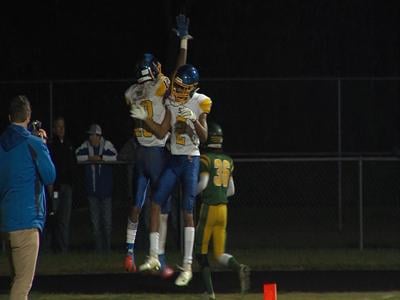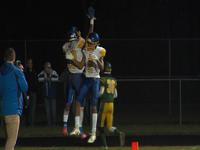DELAWARE,- There will be a fall sports season for student athletes in the First State. This coming after the State Board of Education passes the emergency regulation 4 to 3. Whitney Sweeney, President of the State Board of Education said, "Reminding everyone that we're all focusing our discussion on supporting students and our communities." A very long conversation had by the State Board of Education along with members of the DIAA board. Ending in a vote athletes can be excited about. Fall sports are back, but there is a catch, each individual school district will now need to decide if it will move forward with the plan.Districts can still choose to opt out or modify the plans. Here's what you need to know if all is approved. Football would have a 25 day preseason starting on September 28th. All other sports would have a three week preseason beginning the same day. Football would be allowed seven games during the season. All other sports would be allowed 12 competitions in the fall. The state says, Athletes playing in high risk spots are required to wear face coverings at all times, including during play. Medium and low risk sports can remove coverings when active on the field. Coaches, staff, officials, spectators must wear face coverings at all times. But the DIAA making a light change to that. Bradley Layfield, Chairman of the DIAA Board of Directors said, "So based on the advice given to us from our sports medicine advisor committee the DIAA board voted to approve all moderate risk sports to also wear a mask much like our high risk sports." And after the over three hour discussion the vote passes approving fall sports to return. Kevin Fitzgerald, DIAA Board Member said, "We did not want to be a barrier, we understand that and appreciate the value of athletics and how it helps create and shape the whole child." The DIAA and State Board of Education says it remains committed to the health and well-being of students, staff and athletes. But now the conversation moves to school districts. And the ball is in their court.
Delaware Board of Education Approves DIAA Fall Sports Plan in a Close Vote
- By Jaryd Leady
- Updated







